Alicia Hall Moran and Jason Moran on how art is possibility

Transcript
[The words “Art Is” appear, followed by scrolling words…Empathy, Political, Hope, Powerful, Social Change…it stops at Possibility. Art Is Possibility.]
Alicia Hall Moran, musician, composer, educator: Art is a wonderful way to get inside people’s hearts, and to invite their ears, invite their eyes, get them breathing with you
[Alicia and Jason in a rehearsal space.]
Alicia: It sounds just like, [singing] daaaah—the other song.
Jason Moran, musician, composer, educator: Over the years through working with each other, we have tried to challenge “repertoire.”
[Text on screen: REPERTOIRE, noun, a body of musical work that is regularly performed.]
Jason: Whose repertoire is it and why? And how can you manipulate it?
Alicia: Showing people what is very contemporary about the way they’re living now and what is the oldest stuff in the world.
[Alicia sings onstage. Jason plays piano.]
Jason: Once it hits people’s ears, eyes, emotions, it starts to come to life. It’s possible to make statements through music. We can make another kind of impact, maybe further than what we’ve imagined before.
[The words “Art is” appear, followed by scrolling words…Possibility, Expression, Change, Creativity, Healing…it stops at Justice. Hashtag Art Is Justice.
Agree? Share this video.]
[Ford Foundation logo: a globe made up of a series of small, varied circles.]
Accessibility Statement
- All videos produced by the Ford Foundation since 2020 include captions and downloadable transcripts. For videos where visuals require additional understanding, we offer audio-described versions.
- We are continuing to make videos produced prior to 2020 accessible.
- Videos from third-party sources (those not produced by the Ford Foundation) may not have captions, accessible transcripts, or audio descriptions.
- To improve accessibility beyond our site, we’ve created a free video accessibility WordPress plug-in.
Alicia Hall Moran, mezzo-soprano, is a multi-dimensional artist performing and composing between the genres of opera, art, theater, and jazz. Moran made her Broadway debut in the Tony-winning revival of the Gershwins’ Porgy and Bess, starring as Bess on the celebrated 20-city American tour. “Moran finds the truth of the character in her magnificent voice,” praised the Los Angeles Times.
A unique vocalist performing across the fine arts and in her own contemporary work, Moran’s creativity has been nurtured and tapped by celebrated artists including Carrie Mae Weems, Adam Pendleton, Joan Jonas, Ragnar Kjartansson, Simone Leigh, Liz Magic Laser, curator Okwui Enwezor, and choreographer Bill T. Jones; musicians like Bill Frisell, Charles Lloyd and the band Harriet Tubman; as well as institutions at the forefront of art and ideas. Moran’s artist residencies include Isabella Stewart Gardner Museum,
MASSMoCA, and National Sawdust center for original music. She’s been commissioned by ArtPublic/Miami Art Basel, Museum of Modern Art, The Kitchen, Histories Remixed/Art Institute Chicago, and Prototype Festival/HERE Performing Arts/Beth Morrison Projects, steadily rewriting a template for the classical-pop hybrid singer with quiet yet critically acclaimed works such as HEAVY BLUE, The Five Fans, The Ice Project/Battle of the Carmens, and Black Wall Street, a personal-historical take on the Tulsa race riot of 1921. The latter work premiered at the River To River Festival after developing at National Sawdust and The Schomburg Center for Research in Black Culture/Women In Jazz—all institutions dedicated to keeping creativity and risk-taking alive at the critical level Moran inhabits.
In partnership with husband and collaborator Jason Moran, she has created work for the Venice Biennale, Whitney Biennial, Walker Art Center, and Philadelphia Museum of Art, among others. Moran’s transcendent vocal performances travel from the jazz club to solo turns with symphony orchestras—including National Symphony Orchestra Pops, Chicago Philharmonic, Austin Symphony, Roanoke Symphony, and Dayton Philharmonic—to the opera stage, to translations on theatrical stages and film. Her new album was released in winter 2018.
Jason Moran, a pianist, composer, and educator, grew up in Houston, Texas. He began studying piano when he was six, but early on developed a strong interest in both hip-hop and jazz and graduated from Houston’s High School for the Performing and Visual Arts. He moved to New York and graduated from the Manhattan School of Music. He began his professional career playing with Greg Osby, and his debut recording on Blue Note Records, Soundtrack to Human Motion, was released in 1999 to great critical praise. The following year, Facing Left established his trio The Bandwagon, with bassist Tarus Mateen and drummer Nasheet Waits. JazzTimes Magazine declared the album “an instant classic,” and Rolling Stone wrote, “Jason Moran is shaping up to be the most provocative thinker in current jazz.”
Since his first album, Moran he has produced 10 additional albums and six film soundtracks, including scores for Ava DuVernay’s films Selma and 13th. In 2007, Moran was commissioned to create In My Mind: Monk at Town Hall, 1959, producing a critically acclaimed multimedia performance investigating Thelonious Monk’s famous recording, Monk at Town Hall. Recent releases include The Armory Concert (2016), Thanksgiving at the Vanguard (2017), and BANGS (2017), under Moran’s own label Yes Records.
Moran was awarded a MacArthur Fellowship in 2010 and in 2011, he was appointed artistic advisor for jazz at The John F. Kennedy Center for the Performing Arts. By 2014, he was made artistic director for jazz. Music education plays a central role in Moran’s life. He teamed up with Chicago high school students and artist Theater Gates to create Looks of a Lot, an evening-length concert exploring the relationship between the blues and healing. He has been on the faculty of the New England Conservatory of Music since 2010, and also teaches in Copenhagen at The Rhythm Conservatory. He lives with his wife, Alicia Hall Moran, in Harlem.
Other videos in this series

Michelle Dorrance on how tap represents social change
Art can represent social change, and tap dancer Michelle Dorrance believes the history of American culture can be seen in the history of tap—early tap dancers were catalysts for social change. By referencing the past and showing a vision for the future, dance can change the world.
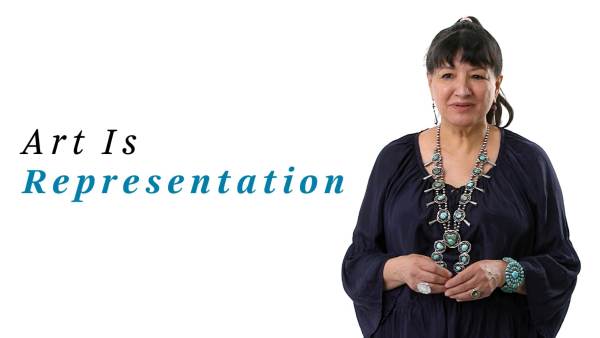
Sandra Cisneros on how art changes lives
Art can change lives for the better. Author Sandra Cisneros writes books that allow young people to see themselves represented on the page. As she says, when people see themselves represented in a way that is empowering, they feel more able to make a difference in the world.
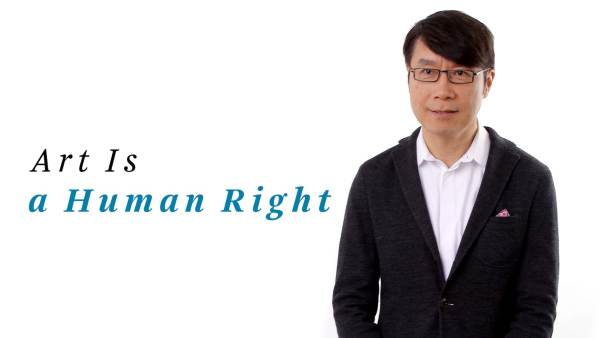
Samuel Hoi on art and human rights
Art is a way to shift reality and make an impact beyond the cultural field. Samuel Hoi cites Good Chance Theater staging shows at a refugee camp in northern France as an example of how art can uplift human rights.
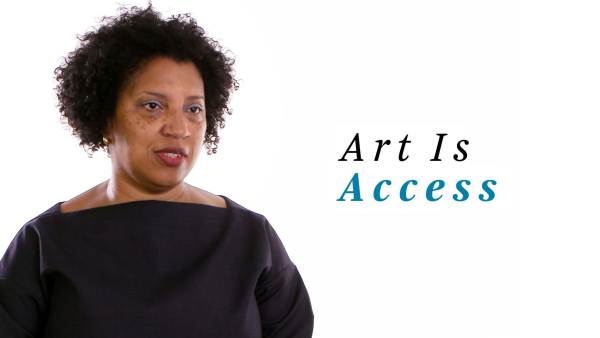
Robin Coste Lewis on how art creates access
Art can be a tool of resistance and beauty. Poet Robin Coste Lewis details how poetry helped her see her body as an aesthetic and political tool, and how art can allow marginalized communities to be seen and included.
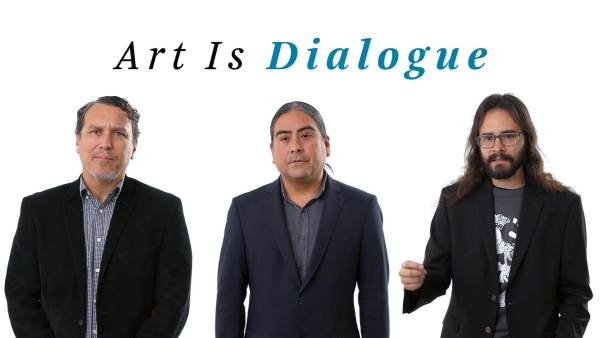
Postcommodity on using art to dialogue
Art can be used to create dialogue between people and break “us-versus-them” mentalities. The collective Postcommodity discusses how it uses art to uplift communities and ensure they have agency to communicate their own needs and desires.
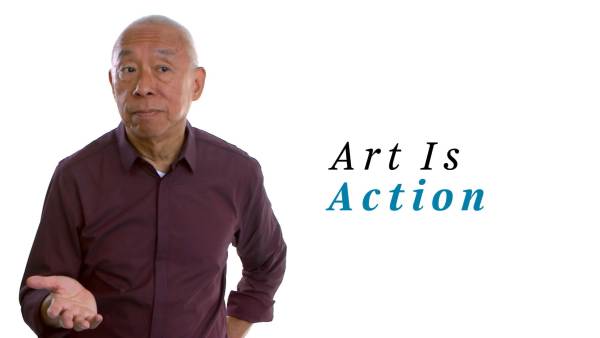
Ping Chong on using art to empower and heal
Art allows us to re-anchor into our humanity. In his work, artist Ping Chong creates spaces for ordinary citizens to speak their own truth on stage. In this way, he heals and affirms people, and helps create a society that’s more just and more humane.
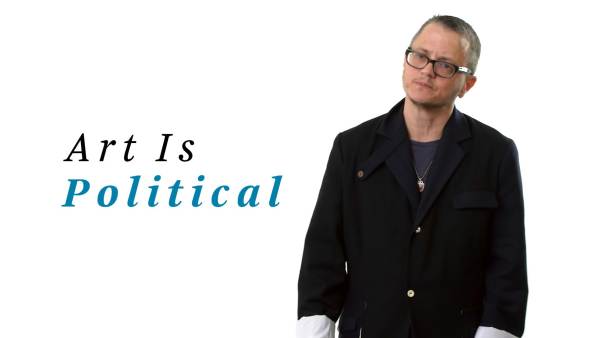
P Carl on the power of curation
Art has to be connected to the politics of our world, because it can bring us together in ways politics can’t. Theater director P Carl believes theater should be curated with the idea that everyone belongs, and in this way, it can help connect people to the issues that really matter.
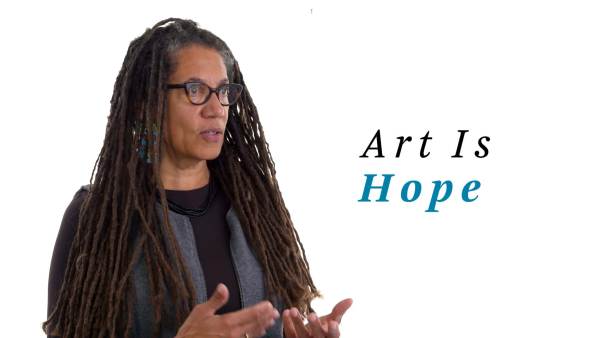
Nikky Finney on using art for change
Art can connect us across time. Poet Nikky Finney draws on stories from the past to challenge artists to continue their efforts for social change. She believes artists should heed lessons from the past and bring them into the future.

Mira Nair on cultural representation
Art gives us the ability to see other cultures and to look at the world anew. Director Mira Nair uses film to tell stories of marginalized communities that are not often represented on screen. She believes art can help people see their place in the world.
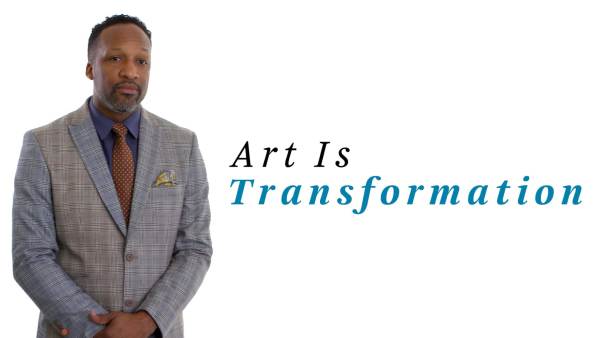
Carlton Turner on how art transforms culture
Artists are cultural strategists working to eliminate oppression and dismantle inequality, says performance artist Carlton Turner. He explains how artists take community work and engage in social transformation by giving voice to those who’ve been disenfranchised. Communities can shift because of the work artists are doing.
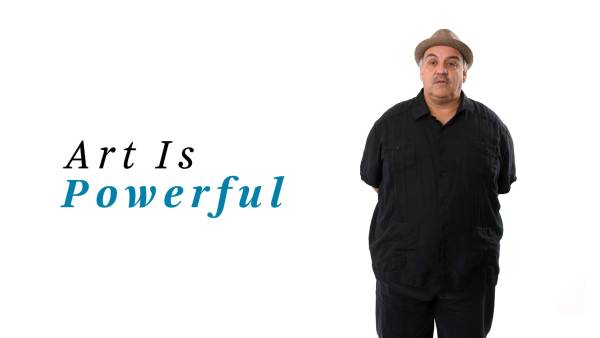
Luis Alfaro on the power of art and imagination
Art is powerful. Playwright Luis Alfaro shares how he uses art to stimulate the imaginations of those who might not be able to see a better life for themselves. He writes plays with narratives that allow people to envision themselves as free in the world.
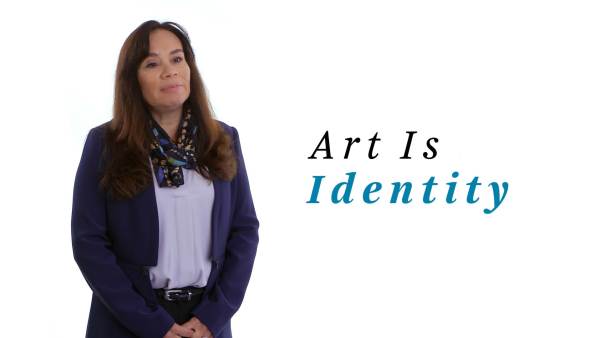
Lori Pourier on the link between art and identity
Art allows us to reveal our identities. President of First Peoples Fund Lori Pourier sees artists as changemakers in society who can help restore history and educate us about our past. In this way, artists can restore both public history and personal identity.
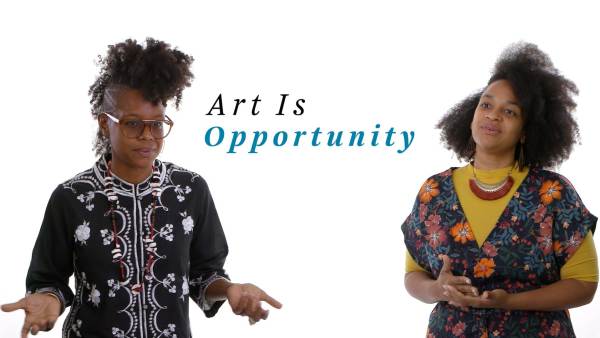
Las Nietas de Nonó on creating opportunities with art
Art gives us the opportunity to create change in communities. The art duo Las Nietas de Nonó use art to share voices of underserved communities in Puerto Rico. They believe in creating theater in alternative spaces, where people’s voices can be heard and a genuine exchange of voices takes place.
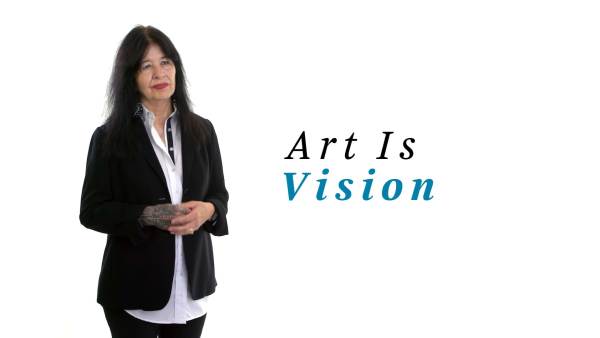
Joy Harjo on how artists have vision
Artists can give vision to a community. Poet Joy Harjo uses her art to strive for gender justice. She believes artists have a responsibility towards growing the communities they’re in, creating a vision for those around them and fostering compassion.
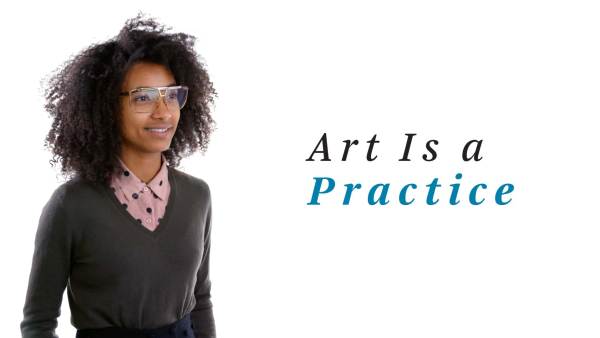
Esperanza Spalding on art as a practice
Art can help heal people. Grammy-winning musician Esperanza Spalding believes artists, through practicing their craft, can experiment and reposition their work to find the best ways to help and encourage people to transform negative situations for the better.
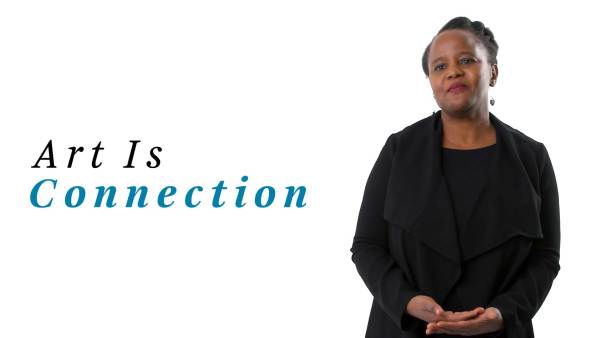
Edwidge Danticat on how literature connects us
Art can transport us to different places and connect us to each other. Novelist Edwidge Danticat uses her writing to share stories that dispel stereotypes and help foster greater understanding. She believes that breaking bias is done through sharing stories.
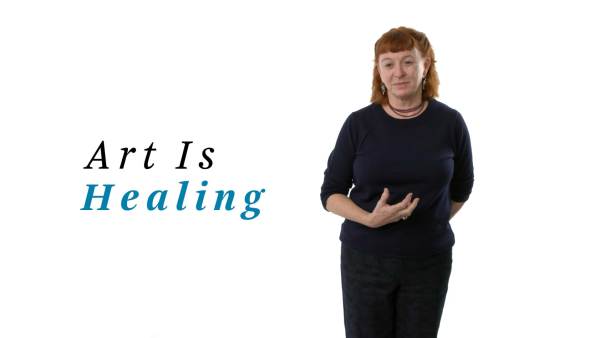
Deborah Luster on how art heals
Art encourages healing by connecting stories between people. Deborah Luster knows firsthand how art can help others heal. She channeled the pain she felt after her own loss to help bring about healing in a prison community.